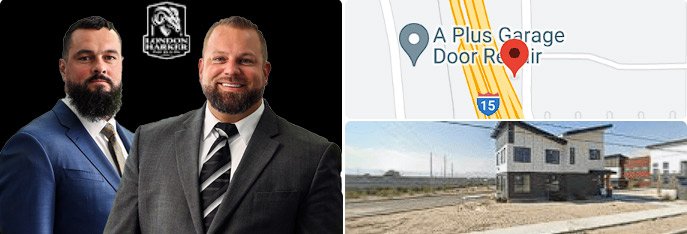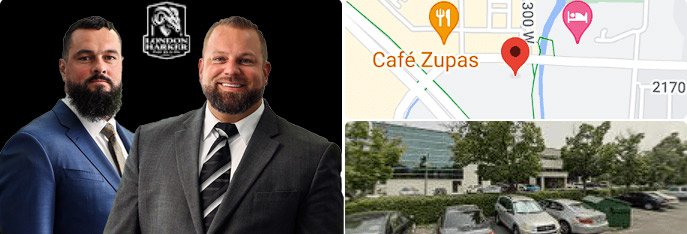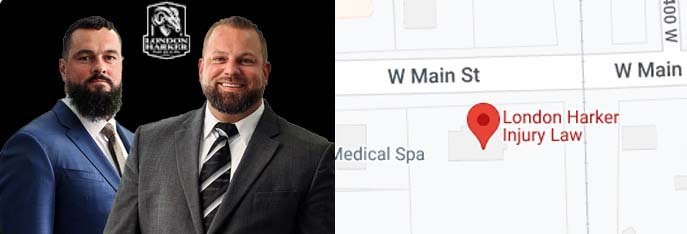Posted on Tuesday, September 9th, 2025 at 4:29 am
Utah is one of only a handful of states that uses a no-fault insurance system for car accidents, while also applying a modified comparative fault rule when lawsuits are involved. If you’ve been injured in a crash, it’s important to understand how these two systems interact—because what you say and do after an accident can affect whether you’re limited to insurance benefits or able to pursue broader damages.
Utah’s No-Fault Insurance: Personal Injury Protection (PIP)
Under Utah’s no-fault system, your own insurance—specifically Personal Injury Protection (PIP)—pays for certain damages, no matter who caused the accident.
What Does PIP Cover?
According to Utah Code §31A-22-307, minimum PIP benefits include:
- At least $3,000 in medical expenses per person
- Lost wages – the lesser of $250 per week or 85% of gross income lost
- Household services – up to $20 per day if you can’t perform normal tasks
- Funeral and burial expenses – up to $1,500
- Wrongful death benefit – up to $3,000 payable to heirs
For a deeper dive into PIP benefits, see our post: Understanding PIP Insurance Coverage in Utah.
Stepping Outside No-Fault: Utah’s Serious Injury Threshold
PIP has limits. It won’t cover pain and suffering, long-term disability, or emotional distress. To file a claim against the at-fault driver, your injuries must meet Utah’s serious injury threshold under Utah Code §31A-22-309:
- At least $3,000 in medical bills
- Permanent disability or impairment
- Permanent disfigurement (scarring, burns, etc.)
- Dismemberment (loss of a body part)
If you meet these requirements, you may pursue a third-party claim for non-economic damages, including pain and suffering.
Related read: Why Prompt Medical Treatment Matters After a Car Accident in Utah.
Comparative Fault: Utah’s “50% Rule”
Utah also follows a modified comparative fault law (Utah Code §78B-5-817 to 823):
- You can only recover damages if you are less than 50% at fault.
- If you’re found 50% or more responsible, you cannot recover compensation.
- If you’re partly at fault, your recovery is reduced by your percentage of fault.
Example: If your damages total $100,000 but you are found 30% at fault, your recovery would be reduced to $70,000.
Learn more: Understanding Utah’s Modified Comparative Fault Law.
2025 Update: Minimum Insurance Requirements
Utah increased its minimum liability insurance limits in 2025 to better protect accident victims. Drivers must now carry at least:
- $30,000 for bodily injury per person
- $65,000 total for bodily injury per accident
- $25,000 for property damage
Driving without insurance remains a Class B misdemeanor, with fines starting at $400 for a first offense and $1,000 for repeat violations.
See our breakdown here: Auto Insurance and Auto Accidents in Utah: What You Need to Know.
Why These Laws Matter for Your Claim
Insurance companies know these laws well—and they often use them to reduce payouts by:
- Disputing whether your injuries meet the serious injury threshold
- Arguing you were 50% or more at fault
- Minimizing long-term damages like lost earning capacity
Working with a skilled Utah car accident attorney ensures your claim is properly documented, fault is fairly assigned, and you aren’t pressured into accepting less than you deserve.
Also read: What Not to Say to Insurance After a Utah Car Crash.
Get Legal Help After a Utah Car Accident
If you’ve been hurt in a crash, don’t let Utah’s complicated no-fault and comparative fault rules keep you from getting the compensation you need.
At London Harker Injury Law, we help Utah accident victims step outside no-fault when possible and fight back against insurance tactics.
📞 Call today for a free consultation and learn how we can protect your rights.



